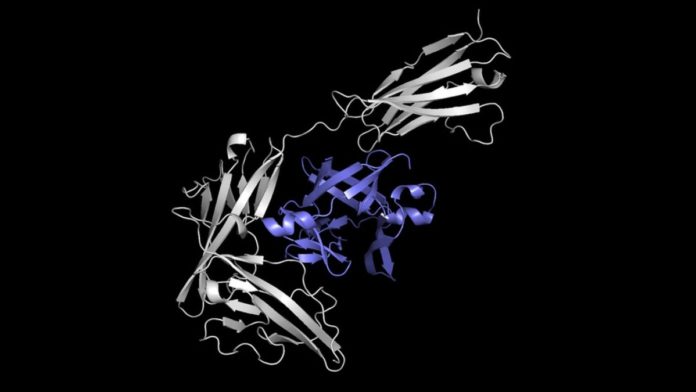Researchers at the Massachusetts Institute of Technology (MIT) have developed a unique artificial intelligence and machine learning model named Equidock that can rapidly and accurately predict the complex that will form when two proteins bind together.
It is a groundbreaking model as currently, scientists all over the world are trying to understand and battle the COVID-19 pandemic. Scientists have to understand how protein attachments take place for developing a successful synthetic antibody.
Scientists face a significant challenge of the unavailability of training data during the developmental process of Equidock. The newly developed AI model will considerably help researchers in this process of identifying protein attachments.
Read More: Amazon Rolls out Alexa Skill A/B testing tool to Boost Voice App Engagement
According to researchers, this AI model is between 80 and 500 times faster than other traditional software used for this purpose. PostDoc at MIT, Octavian Eugen Ganea, said, “Deep learning is very good at capturing interactions between different proteins that are otherwise difficult for chemists or biologists to write experimentally. Some of these interactions are very complicated, and people haven’t found good ways to express them.”
Ganea added that this AI-powered deep learning model could learn these types of interactions from data. Equidock has a high accuracy rate, making it very reliable. Apart from analyzing antibodies, the model can also be very beneficial for other biological processes involving protein interactions, like DNA replication and repair, which can help boost the speed of medication development.
“If we can understand from the proteins which individual parts are likely to be these binding pocket points, then that will capture all the information we need to place the two proteins together,” said Ganea. If scientists can discover these two sets of points, they just have to figure out how to rotate and translate the proteins so that one set corresponds to the other.


